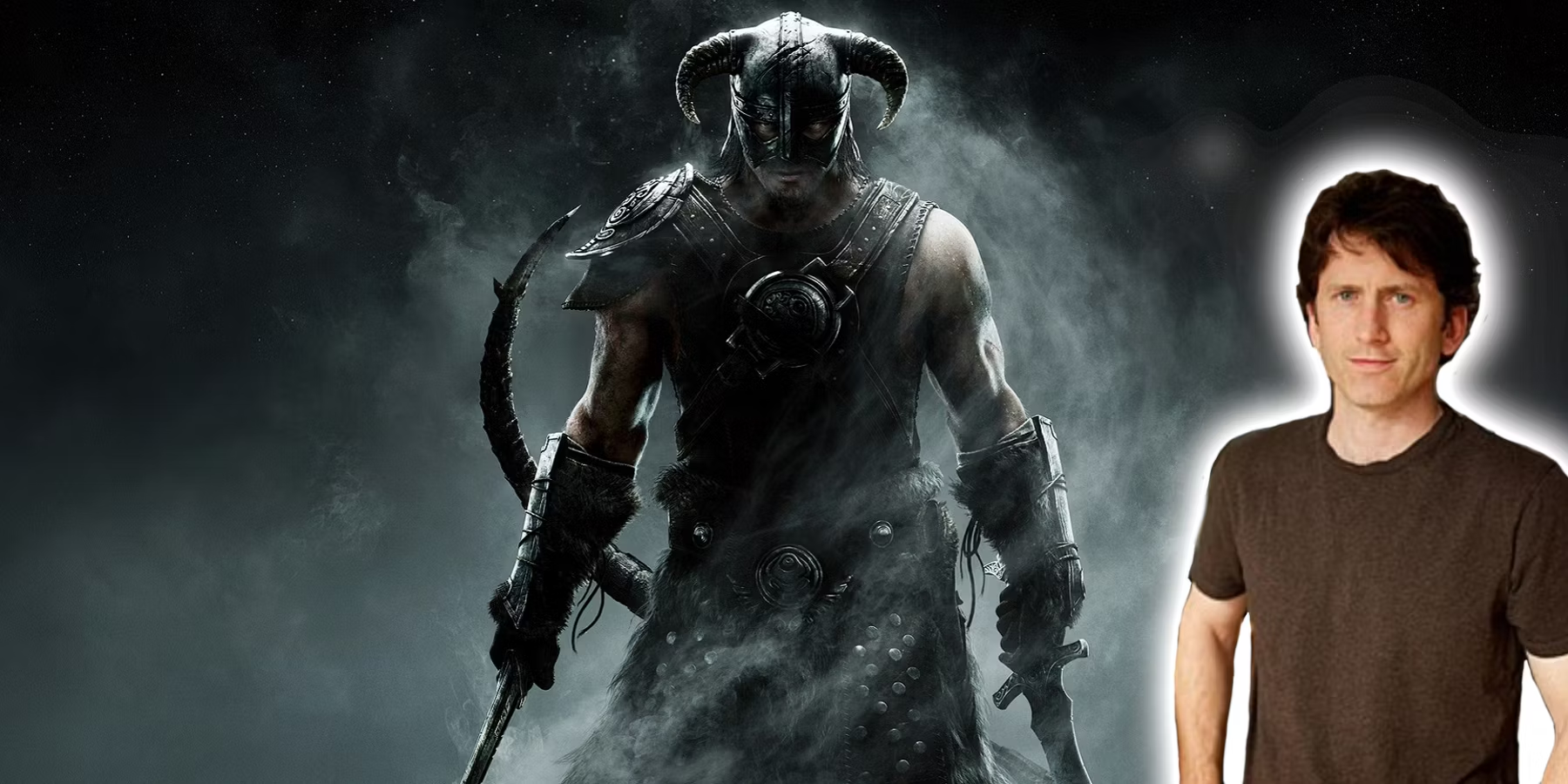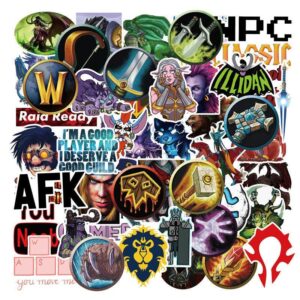The immersive nature of video games calls into question if the artistic capabilities of the platform are different than that of films and books. What often can be acceptable in a film can prove controversial in a video game. In other words, is there a difference between shooting someone in a game and watching someone shoot a person in a film?
More specifically, are extreme acts of violence unacceptable in video games, or are there circumstances that exist where they are acceptable, able to avoid controversy? As a consequence, do video games need to be censored, being too controversial, because of their immersive nature?
This is part two in a series of articles so, if you haven’t, make sure to read part one here. This is a continuation of the argument made in part one, so you might be a little confused if you haven’t read it.
Previously, I had discussed what made the infamous No Russian mission from Modern Warfare 2 distasteful, inappropriate, and controversial. This is due to a lack of player agency in the narrative of the game. If Modern Warfare 2 had involved you in the horrors of warfare before that point, this moment may not have been as shocking and might have even been more powerful.
As an example of the controversial done correctly, I offer to you Spec Ops: The Line.
Spec Ops: The Line
Spec Ops: The Line hit shelves in 2012, three years after Modern Warfare 2. It’s a critically acclaimed game, despite lackluster sales, and it’s not because of stellar gameplay. The graphics aren’t fantastic, the gunplay is fairly standard, and the cover-based mechanics do not make it stand out among the vast array of shooters.
What makes it a must-play experience is its story.
The Story
If you haven’t played Spec Ops: The Line, I recommend playing it. Despite trying to keep plot details as vague as possible, it is difficult to discuss the stellar narrative without touching on a few key moments. So, beware of some spoilers.
Without further ado, Spec Ops: The Line begins with you, Walker, leading two other soldiers into Dubai on a search for any survivors. Dubai is supposed to be primarily uninhabited, the city having been swallowed whole by a relentless series of destructive sandstorms.
When the game begins, you are a good guy in the classic sense, and so are your squadmates. You have come to Dubai seeking to do the right thing and save people. As things begin to spiral out of control and violence begins to erupt, Walker reiterates to both friend and foe that they are there to help, not to kill anyone.
Therefore, as the body count exponentially increases, so does the ambiguity of your actions.
The Theme of Spec Ops: The Line
Spec Ops: The Line is a study in character, on how good people can become evil, given the right circumstances. Some might argue that the standard gameplay, helicopter sequences, and more are actually purposeful. The game is supposed to feel standard, just like Call of Duty or Battlefield. By making the game standard, it enables the writers to turn the genre on its head.
The developers put Walker, a generic protagonist, in a typical video game shooter setting in order to explore the actual impact violence has on a person, even in what some consider heroic circumstances. By all means, it appears at first that Walker’s tale will avoid toxic controversy. As the game continues, though, Walker’s appearance degrades, representing his psyche slowly breaking down with each horrendous act.
War Crimes: Choices
This theme of good men turning evil is potent in how it involves you, the player. See, Spec Ops: The Line is a game of choices in many ways. Put into high-pressure situations, you sometimes have the choice of whether to act one way or another, good or evil. You are pushed to embrace the controversial.
For example, at one point, you and a squadmate will be surrounded by locals. They scream and yell at you in their native language, not letting you forward through the crowd. Eventually, they begin throwing rocks at you, inflicting damage. Your screen will begin to turn gray as the crowd continues to violently harass you.
The question is: do you shoot the crowd, or do you scare them off?
At the time, it seems that the only solution to the problem is to fire on the crowd, but that is where the game is brilliant. A character in the game makes sure to tell you that “there is always a choice.” You can scare off the civilians, but maybe, because you were playing a video game, you thought that the requirement for progression was to shoot the crowd. So, you do. And they run and scream as you gun them down.
War Crimes: Player Agency
At another point in the game, a choice isn’t so clear. You are faced with a massive encampment full of enemies. Their forces seem overwhelming, so you utilize a resource that you find nearby: white phosphorus.
For those of you who do not know what white phosphorous is, it is one of the most dangerous and cruel weapons in existence. It is a synthetic, white chemical that catches fire in temperatures as low as 10 degrees. When the chemical comes into contact with human skin, it burns down to the bone. Breathe it in, and it basically sets your lungs on fire.
Therefore, it was questionable to utilize this weapon on your enemies in the first place, but you do what you have to do to complete your mission. You set up the mortar, and the screen turns black and white as Walker aims the white phosphorus through a screen. Little white specs run around as you rain down fire from the sky.
Consequences in Spec Ops: The Line


When you get down there, you witness some of the soldiers burning to death. You find out quickly, though, that there were also over 40 civilians on the site. You walk through the infernal graveyard you had just created, seeing the mass of corpses. Their skin is burned off, and family members are burnt in place, holding each other.
But it wasn’t Walker who did this, but you. There wasn’t any cutscene showing Walker doing this. Most cutscenes in the game show the consequences of your actions, so every significant action taken by Walker is taken by you. You pressed the button. Again. And Again. And again. These civilians died because of you.
Denial
Walker immediately denies responsibility for the slaughter, as he has many times before this moment, as he will many times after. He continually diverts responsibility from himself to others, and this is representative of the denial you, the player, feel for your actions in the game.
The game required you to do this to progress, and so you think you are not responsible. Well, a loading screen in Spec Ops: The Line points out the flaw in your argument with a bitter, facetious series of statements: “To kill for yourself is murder. To kill for your government is heroic. To kill for entertainment is harmless.”
A statement such as this illustrates how we, as a society, attribute different values to the exact same act: killing. This makes you think: is what I am doing, killing in a video game, right? Is something wrong with me, or is something wrong with my culture?
The Player and the Narrative


At the end of the day, though, why is it inappropriate to shoot a group of civilians in an airport in Modern Warfare 2 but acceptable to kill civilians and soldiers repeatedly in Spec Ops: The Line? The answer is the same as it was before: player agency in the narrative.
For every horrible act committed in Spec Ops: The Line, you were in control. The dark conclusion of the story is the result of you, the player. It is acceptable for you to commit atrocities in Spec Ops: The Line because it is the point of the narrative. Not only that, but these actions are central to the theme of the game.
The entire narrative is composed of moments like these, and so they are necessary to the experience of the game. Without multiple moments like these, the game doesn’t work.
Modern Warfare 2’s No Russian mission is not essential, and its abrupt inclusion of the player into the story makes the moment distasteful and shocking. Spec Ops: The Line isn’t shocking; it’s somber and thought-provoking.
Censorship and Spec Ops: The Line
Spec Ops: The Line benefits from the experimental and enabling publisher, 2K Games. Instead of seeing moments such as No Russian in Spec Ops: The Line and commanding that these moments be taken out or at least made skippable, they encouraged the artistic direction of the developers.
If Spec Ops: The Line was censored, it would lose all its impact. If you, the player, do not commit the atrocities found within the game’s plot, then the experience is no different from watching a film.
Films can be incredibly impactful, but video games have an additional layer of immersion that other platforms do not. Therefore, the immersive nature of a video game enhances the message of the narrative.


You commit atrocities, and you feel sick because of it. The game won’t let you dodge responsibility for your actions like Walker does. It will make sure you know that you had choices, and you chose evil, which is easy in circumstances such as war.
Spec Ops: The Line doesn’t run from controversial topics. This is why the game asks you this quintessential question: “Do you feel like a hero yet?”
Conclusion
Regardless, there is nothing exclusively wrong with shooters. This is not a condemnation of violence in video games. This is rather an analysis of how extreme violence in video games is acceptable in one case but not another.
Spec Ops: The Line uses player agency and inclusion to point out the fascination with violence that isn’t just an issue with video games but with our culture as a whole. Whether it’s the latest video game, the newest movie, or the hottest new novel, our culture is entertained by acts of violence.
For me, though, that message has never been clearer than when I was involved in the killing, not just watching it. Spec Ops: The Line didn’t make me more violent by including me in it. It made me more of a pacifist if anything. Spec Ops: The Line utilized extreme violence to make an artistic statement, to build a powerful narrative, and that is what makes it distinct from Modern Warfare 2’s controversial No Russian.
For part three, the final article in this series, I will discuss broader issues of controversy and censorship in video games today. I will be talking about less intense acts of violence, the impact it has on us and our society, and why violence in video games is, ultimately, not that different from film or literature.
In the meantime, have you ever played Spec Ops: The Line? What was your reaction? Do you see a difference between moments in Spec Ops: The Line and Call of Duty? Let us know in the comments, and stay tuned for another iteration in this series of articles.











